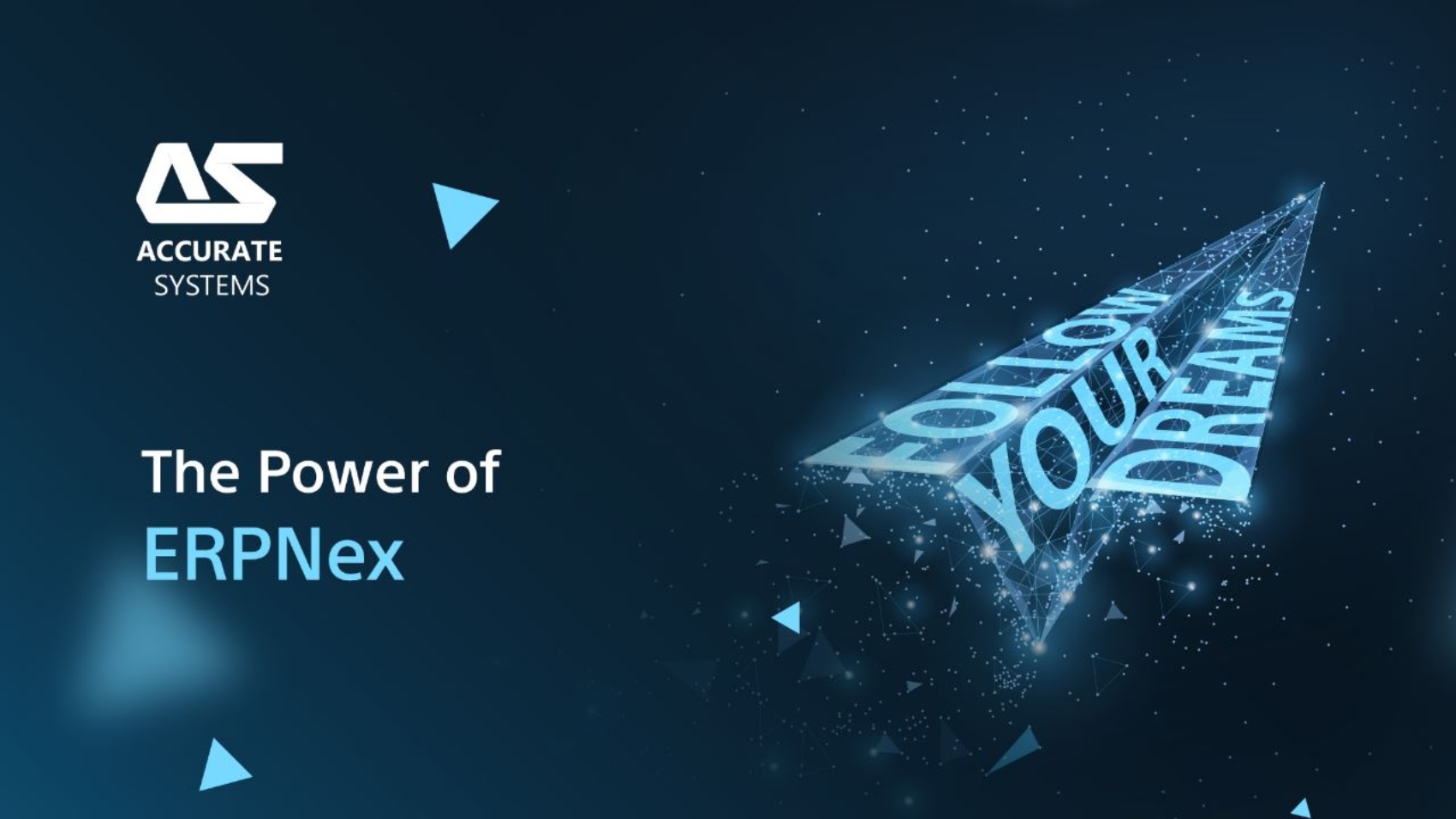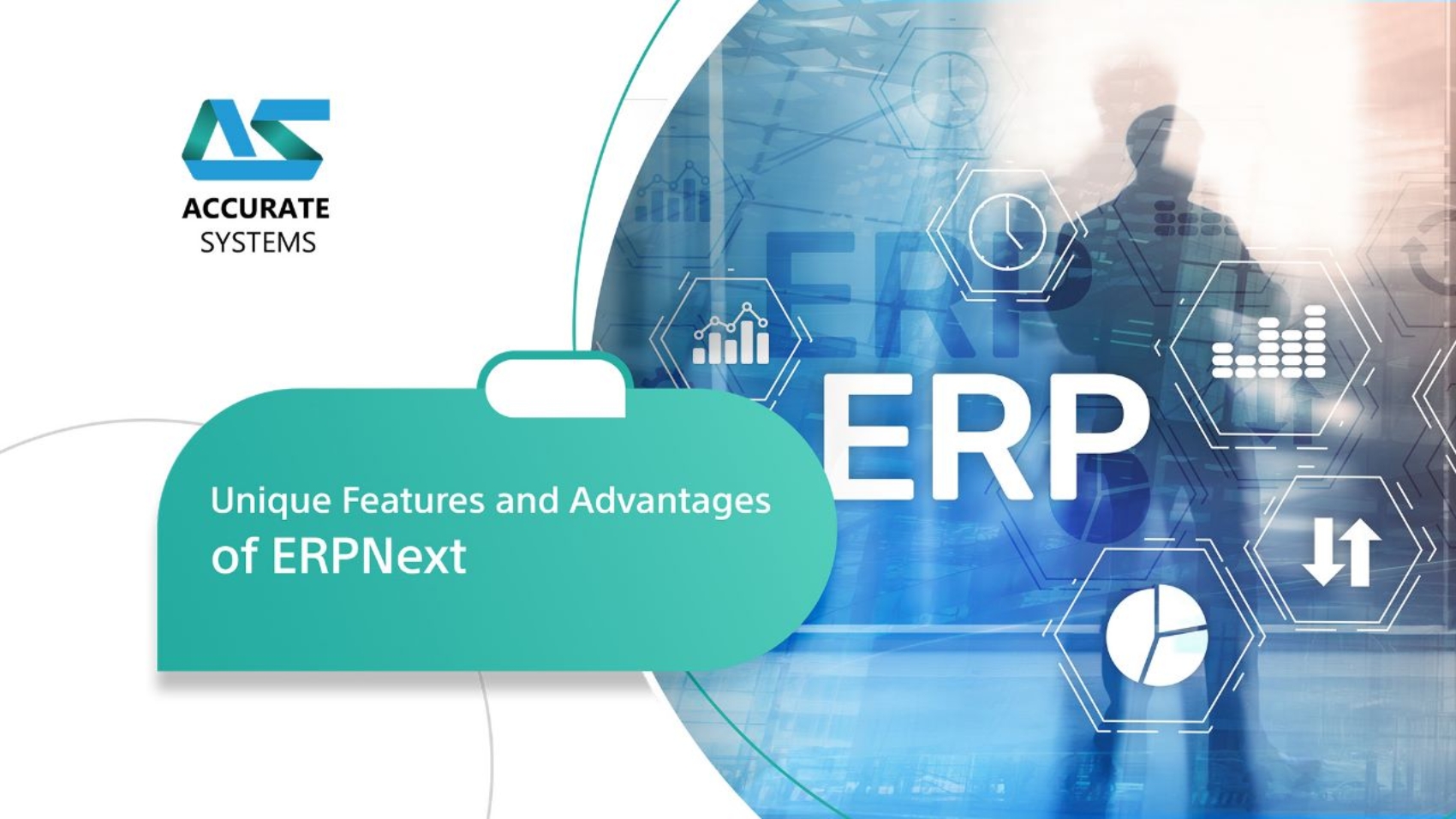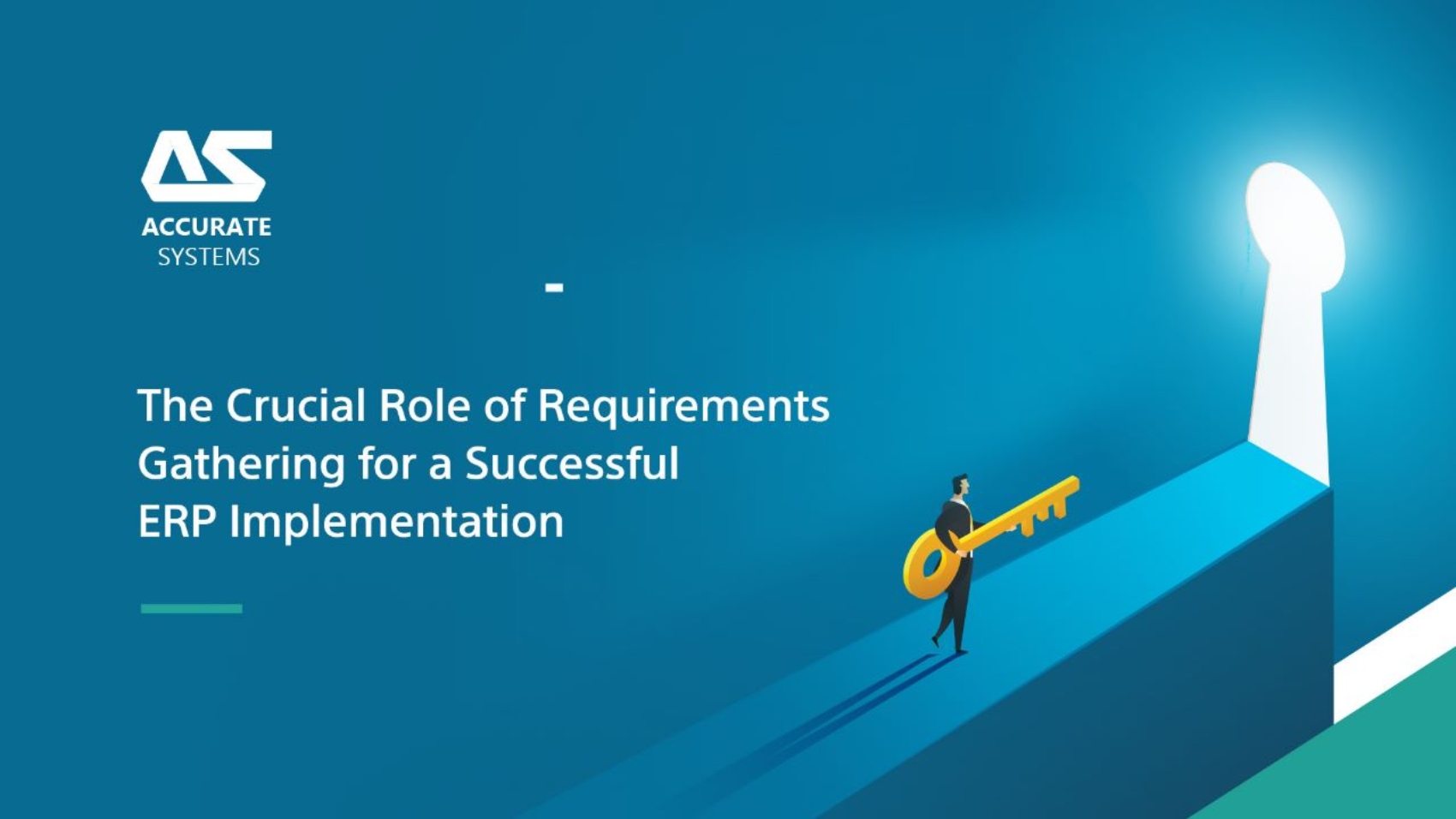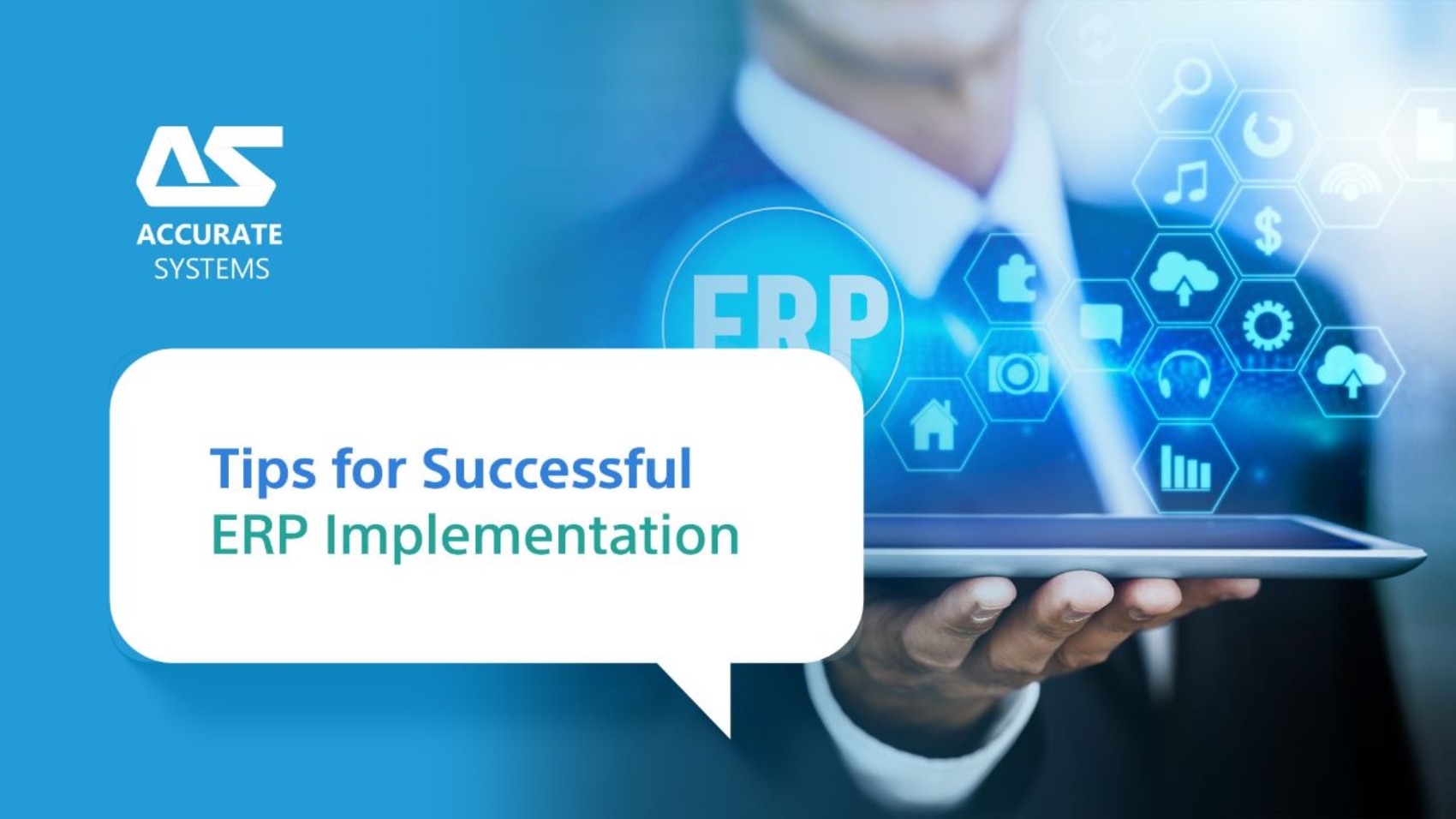ERPNext is a powerful, open-source enterprise resource planning (ERP) software that offers a comprehensive suite of applications to streamline and automate various business processes. This infographic highlights the key features and benefits of ERPNext, showcasing its ability to enhance productivity, improve efficiency, and drive growth for businesses.
-
All-in-One Solution: ERPNext integrates multiple modules into a unified platform, providing a centralized system for managing various functions such as:
-
- Sales and CRM: Track leads, manage sales orders, and streamline customer relationship management.
-
- Inventory Management: Optimize stock levels, track inventory movements, and automate purchase orders.
- Accounting and Finance: Handle financial transactions, generate reports, and streamline bookkeeping processes.
- Human Resources: Manage employee data, track attendance, and streamline payroll operations.
- Project Management: Plan projects, allocate resources, and track progress to ensure timely completion.
-
- Manufacturing: Streamline production planning, manage work orders, and optimize resource allocation.
-
Scalability and Flexibility: ERPNext offers scalability, allowing businesses to adapt and grow without outgrowing the software. It supports small startups to large enterprises, accommodating the changing needs and complexities of different industries.
-
Customization and Extensions: With ERPNext, businesses can customize the software to match their specific requirements. The flexible architecture allows for easy customization of workflows, forms, and reports. Additionally, a wide range of extensions and integrations are available to enhance functionality and integrate with third-party applications.
-
Enhanced Productivity: By automating routine tasks and providing real-time insights, ERPNext significantly improves productivity. Employees can focus on value-added activities, while the system handles repetitive processes, data entry, and reporting.
-
Streamlined Collaboration: ERPNext enables seamless collaboration across teams and departments. With shared access to real-time data, employees can collaborate more effectively, leading to improved communication, coordination, and decision-making.
-
Data-driven Decision Making: ERPNext provides comprehensive reporting and analytics capabilities, enabling businesses to make data-driven decisions. Real-time insights into sales, finances, inventory, and other key metrics empower management with accurate information for strategic planning and informed decision-making.
-
Cost Efficiency: As an open-source solution, ERPNext eliminates the need for expensive licensing fees. Businesses can reduce their IT costs while gaining access to a feature-rich ERP system. Additionally, ERPNext’s user-friendly interface reduces training and support costs.
-
Security and Data Privacy: ERPNext prioritizes data security and privacy. It offers robust access controls, data encryption, and regular updates to ensure a secure environment for sensitive business information.
ERPNext is a powerful ERP software that empowers businesses to optimize their operations, streamline processes, and drive growth. With its comprehensive features, scalability, customization options, and cost efficiency, ERPNext has emerged as a leading solution for organizations of all sizes and industries. Experience the power of ERPNext and revolutionize your business management today!




